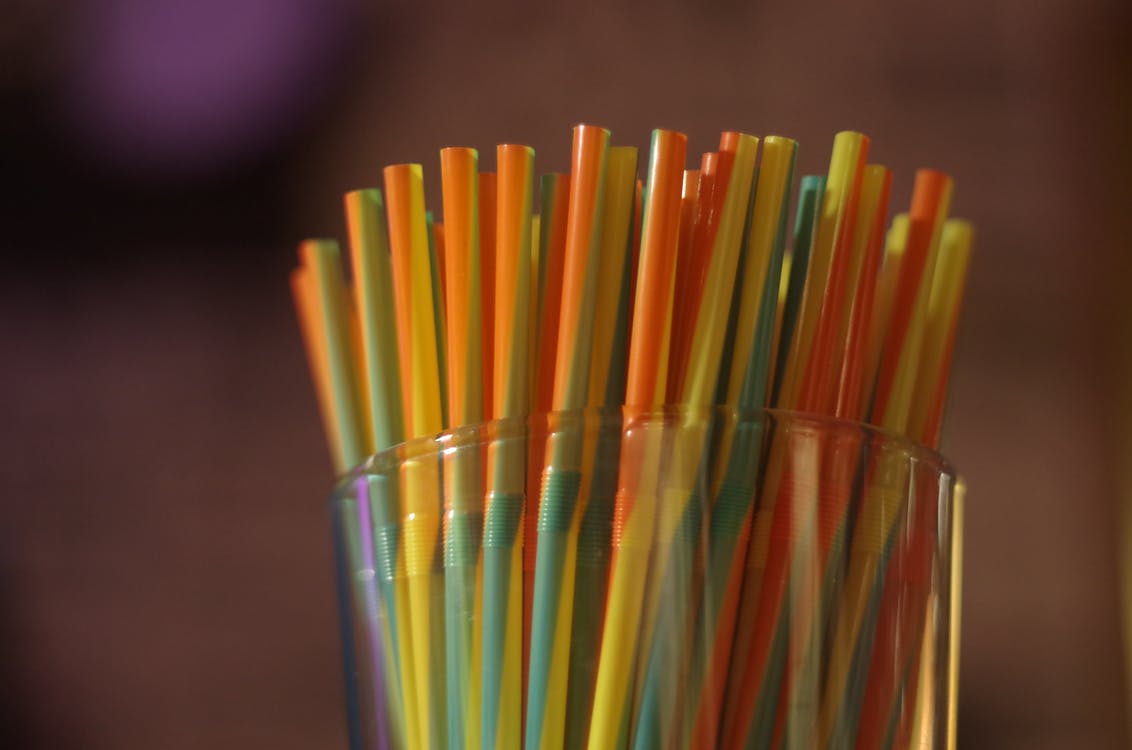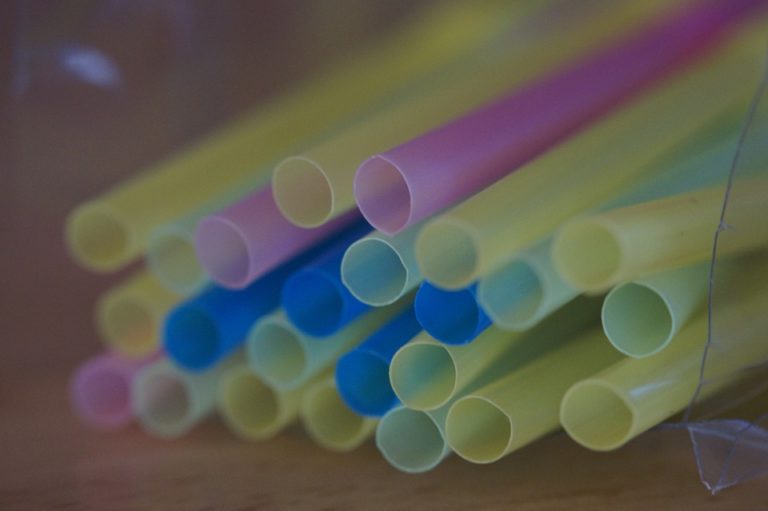Our universe is an exciting example of physics. Everywhere we look, we can find science at work. For example, when the wind blows, clouds are scattered and deposit water elsewhere. We can also see a rainbow in the sky because sunlight reflects on water droplets.
Little kids are the most curious about nature. If you have kids around you, you would know how their little creative minds have numerous questions bubbling up all the time regarding everything surrounding them. You do not need to perform dangerous experiments with the kids to understand the mechanics of science. An excellent home activity for the kids is to make straw rockets.
Science for Kids
A simple activity of M&Ms and water, demonstrating the melting of various colors, is enough to excite little kids about science. The internet is filled with numerous safe science experiments for kids. One of such activities includes making straw rockets. Do not fret about the name, as there are no lighting matches or igniting anything in this science activity.
Although it is great to have a first-aid kit at home, making straw rockets is entirely safe for the kids and doesn’t require one. For this activity, it is best to give your kids a brief background about the rockets or show them some videos of launching rockets to spark their interest and draw inspiration.
Brief Background of Rocket Designing
Modern rocket designing initiated back in the early years of the 20th century. The rockets designed and used today are more technologically modern than their earlier prototypes. However, scientists keep improving the rockets more.
Of the many scientific aspects of rockets and their launching, you can tell your kids about the elements that would interest them and help them play with straw rockets. You can introduce your children to how the size of the rockets plays a role in the distance they cover or how they can improve the flight distance of the rockets.
Making the Straw Rockets
Using soda straws to make straw rockets instills an understanding of engineering in children. The designing of the rocket provides an excellent mental stimulation that further helps in coming up with new ideas for various science crafts. It can also be the first step toward learning to make model rockets in your child’s life.
Materials you need:
- Pencils
- Scissors
- Soda Straws
- Tape
- Measuring tape
- A rocket logbook (for older kids)
It is best to do this activity in an open space such as a garden or a backyard. Set one table in the corner with all the required supplies and teach children to make the straws following these steps:
- Draw a large rectangle (2”x 8.5”) on a piece of paper. It will become the body of the rocket.
- Cut out the rectangle and carefully wrap it around a pencil length-wise. Use tape to secure the ends so that the paper forms a tube shape around the pencil. It is best if adults help little children use tape in this step.
- You can download the NASA manual on straw rockets and get the fins cut out to give your rocket a realistic look. After cutting the fin units, you have to tape them down by aligning their rectangular middle body with the pencil. Stick the two fin units on either side of the pencil such that you make a fin sandwich.
- Now, bend each fin a tad bit toward the neighboring one so that all the fins are at 90 degrees to the rocket’s body.
- Now is the time to seal the top end of the rocket. You can do it by pinching the top end of the tube opposite the fin end many times until a pointy nose is formed. Secure the top with tape so that no air can escape when you blow into it.
- If you are working with older kids, you can measure the rocket’s length from the bottom of the nose cone to the base. Note it down against the column where you note down the rocket’s speed.
- The last part is to remove the pencil from the rocket and replace it with soda straws.
- Children can now start launching their straws in an open space while measuring the flight distance by blowing air into the straws.
- You can also urge the children to improve their designs and notice any changes in the length of the rocket.
Other Additional Ideas
- Create and maintain a rocket logbook so that children can compare various types of rocket designs and their lengths impacting the flight distance.
- Working with small children is all about making things colorful in no particular pattern. So, you can have children draw anything they like on the paper before cutting the rocket body out.
The Science behind Straw Rockets Explained
It is best to explain to your kids what is going on with the rocket’s launch to help them fully understand the concept of rockets and gravity. Paper rockets work on the same principle as real rockets. When children blow into the straws’ open end, the air pressure builds up. And as a result, propels the rocket forward.
There is no space for the air to escape as one end of the rocket is closed. So, the tighter you tie your rocket’s top end, the more you can work with the air pressure. This air pressure is called drag in real life, propelling your rocket upward. The rocket’s weight pulls it down due to gravity, which is why lighter rockets will land farther away than the heavier ones. Fins help in stabilizing the rocket’s flight.
It is one of the best science activities to perform with kids as small as two years. It incites interest in how things work while relating them to the higher physics concept of gravity and air pressure.


